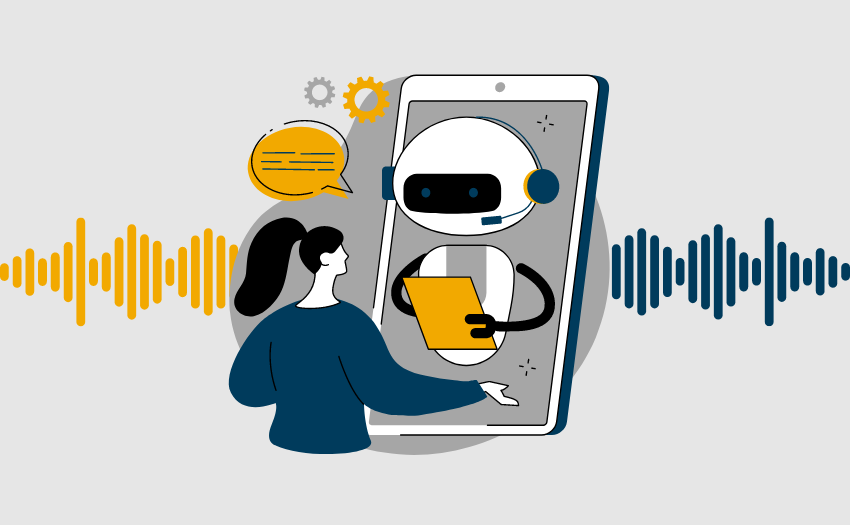Natural language processing, or NLP, enables machines to comprehend, interpret, and produce human language.
For example, many of us are familiar with online chatbots, often the first line of communication in customer service interactions. The bots can make sense of our questions or concerns using NLP to provide an answer or filter the interaction to the correct department.
Familiarity with natural language processing is crucial, as many product managers will likely consider programs to create more customer-centric experiences for their users, directly contributing to positive customer sentiment. This branch of AI can also help product teams assess the implications of artificial intelligence on the organization’s business strategy.
4. Machine Learning
Machine learning refers to the training of AI through data sets so that the models can make independent predictions and decisions–a standard training method for many AI applications.
One critical element of machine learning is selecting the appropriate learning models for training. AI models can only be as effective and accurate as the data it has learned. Therefore, the limitations of machine learning models are still vast.
AI is imperfect, and product managers will likely encounter inaccuracies and biases in developing their own AI products or in the AI programs the product team uses to optimize their workflows. An awareness of potential weaknesses in machine learning can help product managers keep a more watchful eye and prevent potential issues from arising.
5. Image & Video Analysis Via Computer Vision
Computer vision, the technology used in facial recognition systems, allows machines to interpret visual data and make decisions, similar to what we see in sci-fi movies.
As with all artificial intelligence programs, there are real limitation risks, as it is possible to trick this technology with visual illusions or lighting.
Product managers should understand computer vision's benefits and limitations before integrating this image and video interpretation technology into their product or team’s workflow.
10 AI Tools for Product Managers








